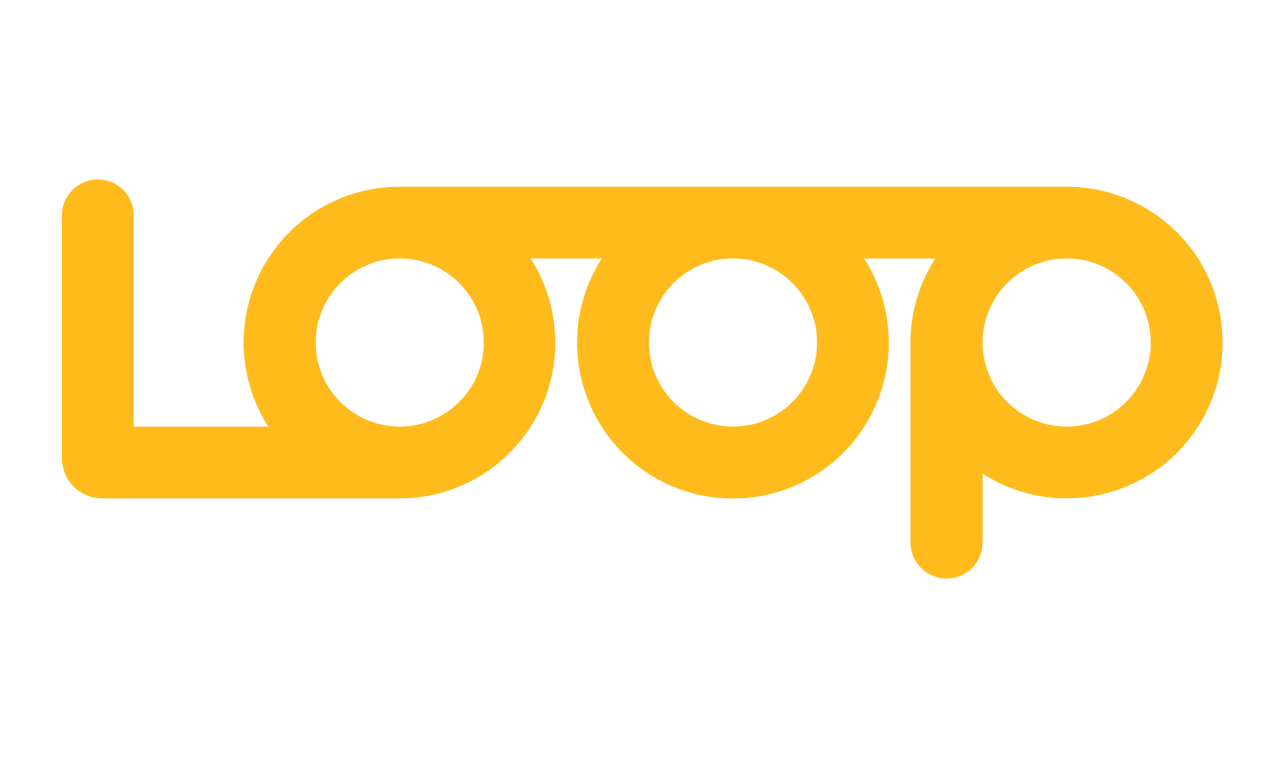Chatbots vs. Conversational AI: How They Differ and Why It Matters
Learn about chatbots vs. conversational AI, their different features, and real use cases to improve customer support and streamline operations.
With automation, customer support teams are under more pressure now to provide fast and consistent help at scale. Companies can use AI chatbots and conversational AI assistants to respond instantly and manage larger workloads, without sacrificing support quality when their customer base grows.
Those two terms often show up side by side, but they don’t mean the same thing. Chatbots rely on fixed rules and scripts, while conversational AI learns from data and context to understand user intent. Both automate communication, but there’s a big gap in their capabilities and how they impact your customer experience.
Let’s break down chatbots versus conversational AI and how they fit into support operations.
Chatbots vs. Conversational AI: What’s the Difference?

Both chatbots and conversational AI tools hold conversations with users. The difference is how they interpret language and handle complexity.
A chatbot, or bot, is programmed to look for specific text or voice input and reply with preset answers. Rule-based chatbots are a much older form of conversational support, relying on keyword-based if/then logic and structured scripts. They’re great for predictable tasks like confirming appointments, resetting passwords, checking the status of an order, or booking an appointment. Because everything follows a predefined path, chatbots are simple to set up, dependable for repetitive requests, and low-cost to maintain, which makes them a good foundation for B2B live chat systems that reply to customer issues at scale.
But once a conversation goes beyond that path, chatbots struggle to adapt; a rule-based chatbot will hold the same conversation every time, running through the same list of possible errors without remembering past context.
Conversational AI does a lot more than recognize keywords. It relies on natural language processing (NLP), machine learning (ML), and natural language understanding (NLU) to understand what a customer’s asking, even when they phrase something differently than expected. Conversational AI assistants can recognize synonyms, follow multi-turn dialogue, pick up on emotional cues, and use data from connected systems to give accurate, relevant answers. For example, a conversational AI assistant could respond to “I’m having trouble logging in again” by referencing a previous ticket and suggesting the right fix without any human handoff. It can learn from previous interactions and use information across hundreds of conversations, which makes it faster and more capable of building a relationship with the customer.
This distinction is important: A chatbot can answer a question. A conversational AI assistant doesn’t just hold a conversation, it can also understand and adapt to resolve complex problems.
For developers, these differences affect how systems are built. Rule-based bots run on decision trees, while conversational AI relies on robust datasets and evolving knowledge sources. Connecting conversational AI to a centralized knowledge base strengthens accuracy and helps teams deliver faster, more consistent responses.
For your team, the impact shows up in both customer experience and scalability. Rule-based chatbot virtual assistants take care of quick fixes, while conversational AI deepens relationships and improves overall customer satisfaction with more accurate solutions and a personable touch.
Features and Capabilities of Chatbots and Conversational AI

Because the tech behind chatbots and conversational AI is different, their performance and user experience are also different.
AI chatbots are straightforward automation tools. Their biggest strengths include:
- Quick deployment for FAQs and transactions
- Simple integration with websites and messaging platforms
- 24/7 availability to handle large volumes of simple questions
But their biggest limitation is context. They can’t interpret nuance, so users will sometimes get irrelevant or repetitive answers. Sometimes, users can even get stuck in loops trying to get their problem solved by an AI chatbot. It can be especially frustrating if there’s no easy way to escalate to your support team.
Conversational AI solves that problem with NLP that interprets intent, ML that improves accuracy over time, and contextual data to personalize every reply. Many platforms combine these features with omnichannel integrations, so your customers can quickly get support across every platform. Most AI customer support software also merges these capabilities with predictive account insights so your customers consistently get personalized support. This creates smoother, more natural customer interactions that scale without losing support quality.
Within Pylon’s chat widget, you can operate conversational AI agents that automatically respond to customer issues and intelligently route them to the right people, freeing your team up for more complex work.
Book a demo to see how this works
Automate Support With Pylon AI Agents
Choosing whether to use chatbots or conversational AI for your support operations is ultimately about what your customers need. Chatbots can reply quickly to simple issues, but conversational AI can interpret more complex problems.
Pylon’s conversational AI Agents can deflect customer questions, automatically operate runbooks, and help you handle support at scale.
Pylon is the modern B2B support platform that offers true omnichannel support across Slack, Teams, email, chat, ticket forms, and more. Our AI Agents and Assistants automate busywork and reduce response times. Plus, with Account Intelligence that unifies scattered customer signals to calculate health scores and identify churn risk, we're built for customer success at scale.







